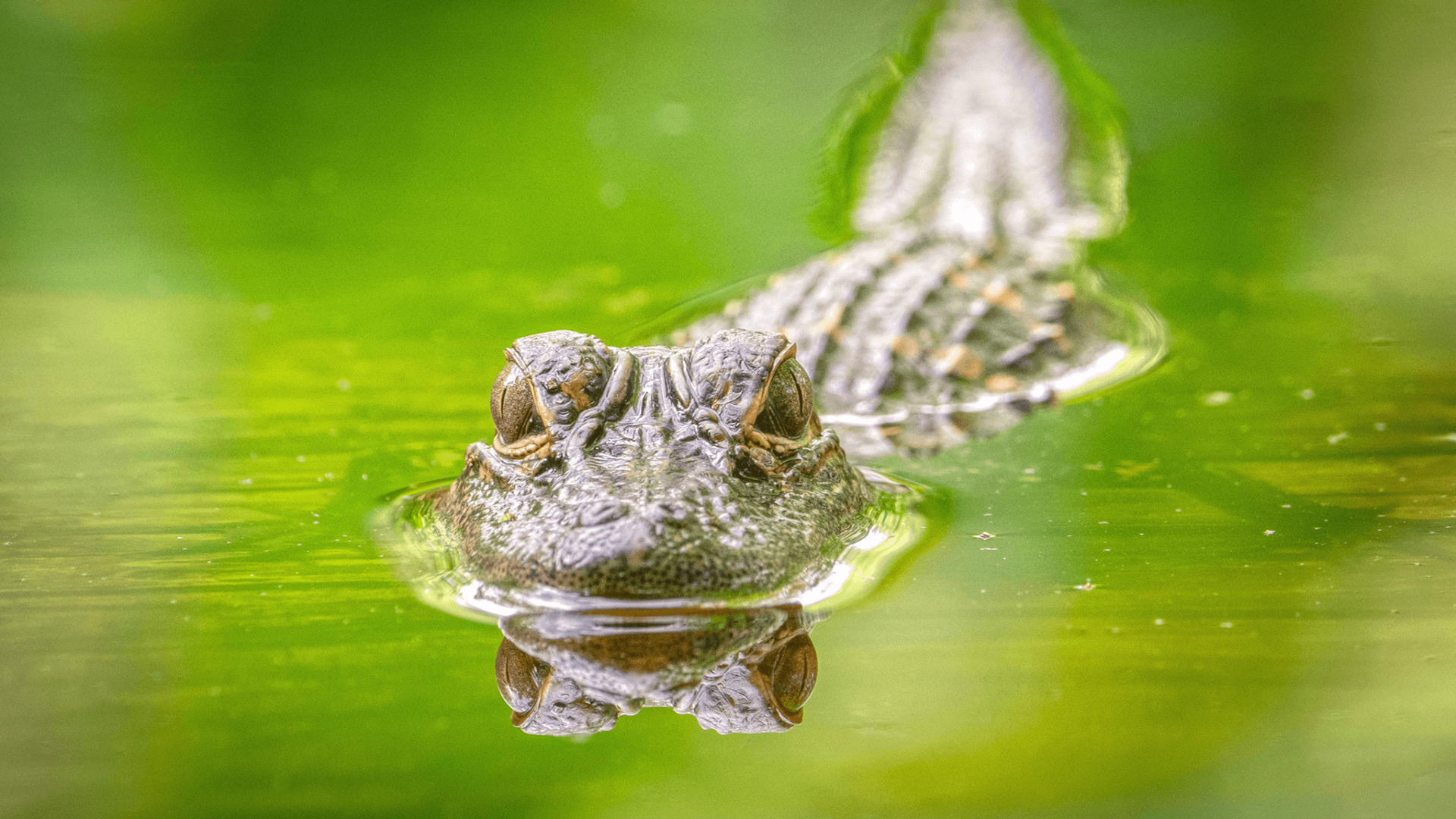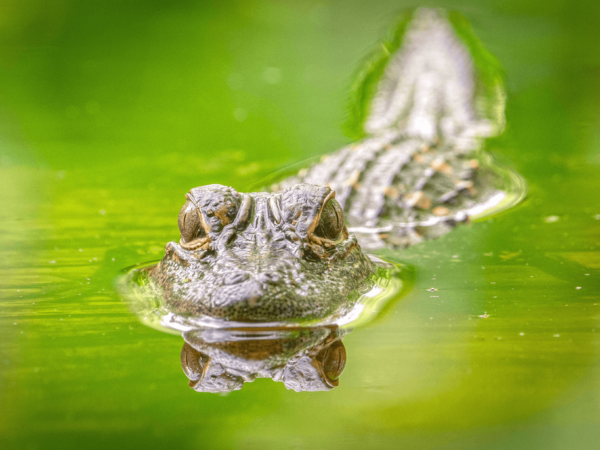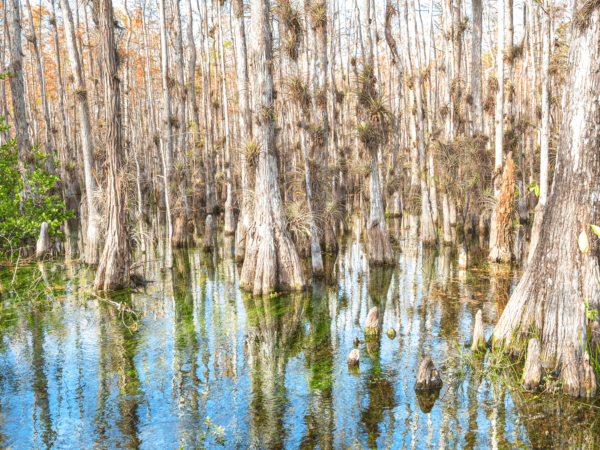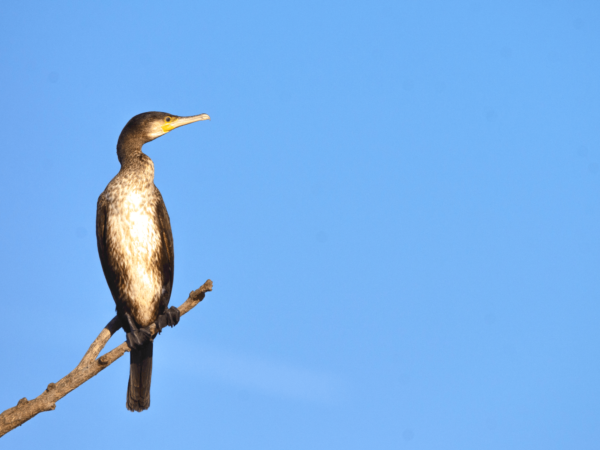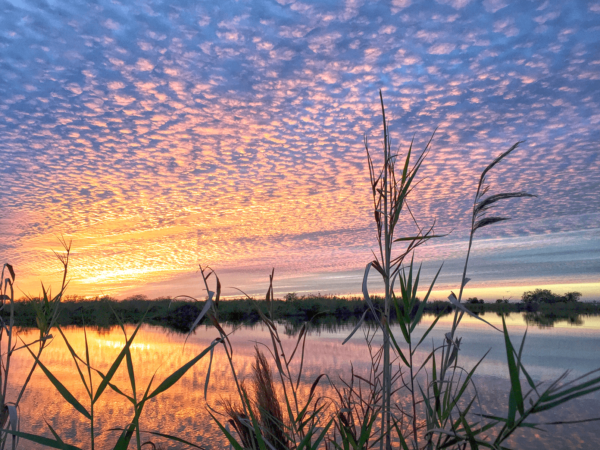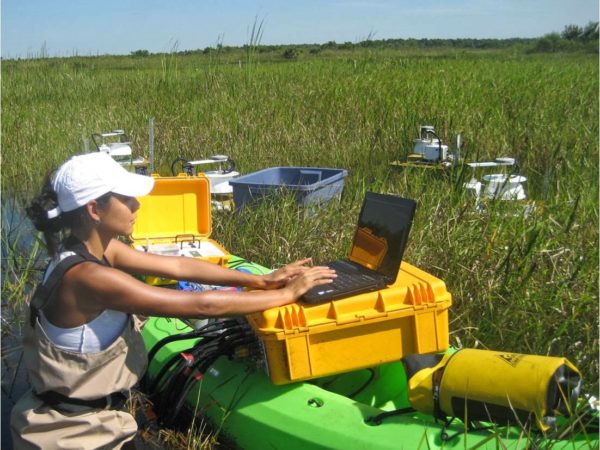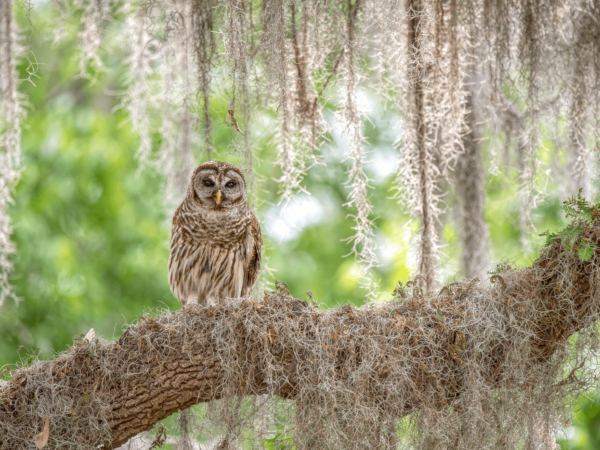If you came to the refuge to see an alligator; you came to the right place!
The refuge is home to one of the largest populations of alligators in the Everglades. The American Alligator, after being hunted almost to extinction, has bounced back and is no longer considered endangered.
Alligators are ectothermic or cold-blooded; they bask in the sun to raise their body temperatures and retreat into the water to cool themselves off.
They dig holes with their tails and bodies to help stay cool during hot weather. Like other reptiles, they are less active when the temperature drops below 55 degrees F. When an alligator digs a “gator hole”, it benefits many other wildlife species. Gator holes often retain water all year round. During the dry winter season when other parts of the wetlands dry up, gator holes provide habitat for fish, turtles, snakes, and a ready supply of food for wading birds. During times of drought gator holes are the last to dry up. When the rains come back again, the fish almost miraculously reappear, some perhaps having hidden in tiny crevices below the seemingly dry ground. Alligator courtship starts in early April and progresses to mating in May or June. The male alligators “bellow” to attract females and to warn off other males. The female builds a nest out of vegetation and lays her clutch of 30 to 60 eggs. Temperatures determine the sex of the hatchlings; higher temperatures produce males and lower temperatures produce females. The mother alligator stays close by, keeping predators away from the nest. When they are ready to hatch, baby alligators start to “chirp”. The mother uncovers the eggs so that the babies can break through their shells using their egg tooth: a tough piece of raised skin on the end of their snout. The mother will watch over her young for several months and even up to two years. Alligators living in canals do not need to dig gator holes; since water in the canals is always available. For those alligators that are born in the canal areas; the predation rate by larger alligators, the lack of shelter, and the flooding of the canals and therefore their nest, make their survival unlikely. An estimated 80 percent of young alligators do not make it to adulthood. They are eaten by other predators such as otters, bobcats, other male alligators, and birds. Once an alligator reaches the size of about four feet, it is no longer at risk of being eaten by another animal.

